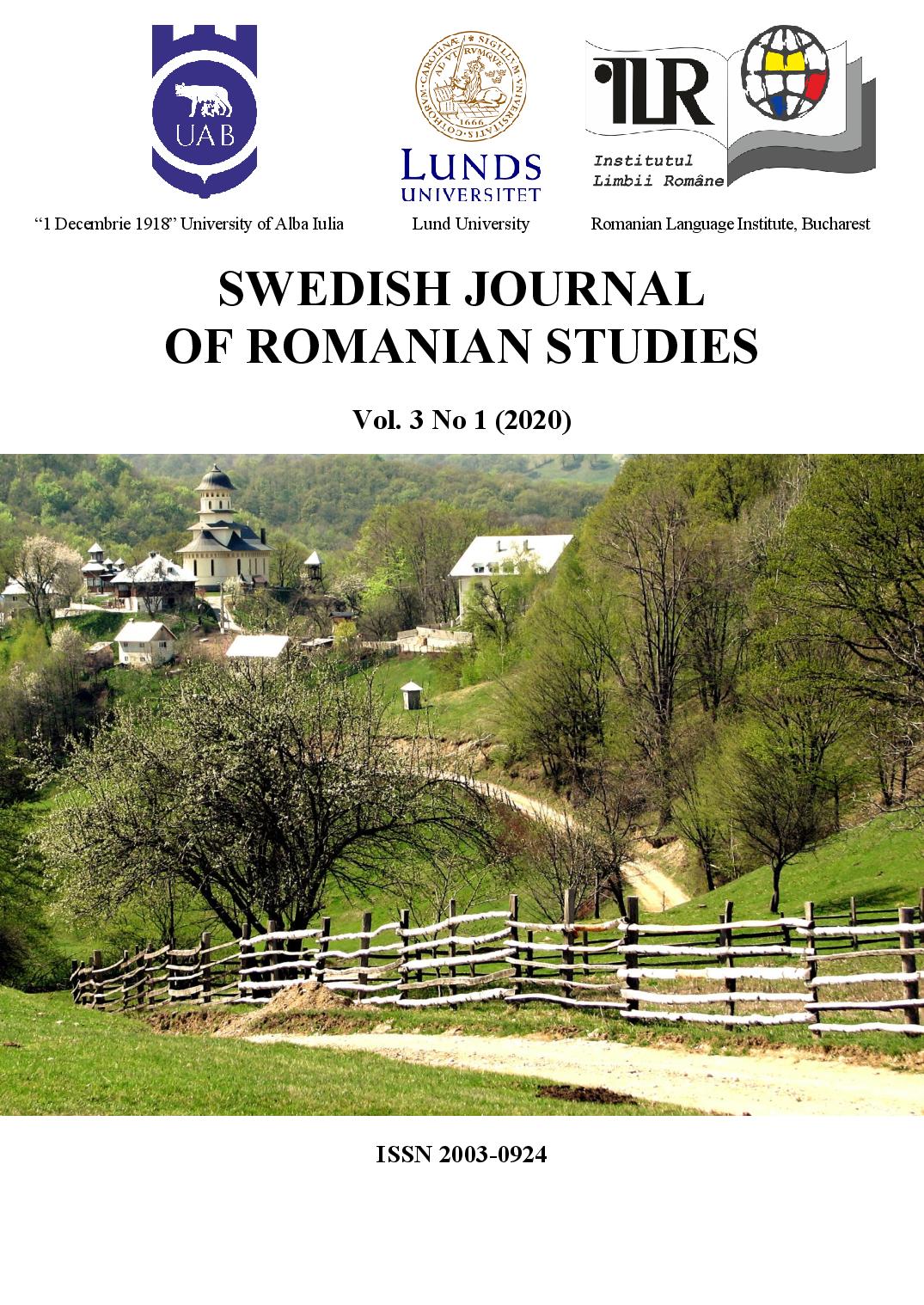„Pal/ palid” ca epitet metaforic în poezia lui Eminescu
„Pale/ pallid” as metaphorical epithet in Eminescu’s poetry
Author(s): Dinu MoscalSubject(s): Romanian Literature
Published by: Språk- och litteraturcentrum, Lunds Universitet
Keywords: Eminescu’s poetry; pale; pallid; metaphorical epithet; extra-existential
Summary/Abstract: The epithets pal “pale” and palid “pallid” could have been linked here by a conjunction. Instead, they are placed at the same level (pal/ palid) because of their semantic identity in Eminescu’s lyrics. Their importance has been already highlighted by several critics, and especially by I. Negoițescu, who referred to the epithets of pallor as a symbol, and systematically returned to them. By simply identifying these epithets with death or the myth of death, with the angelic purity, but also with the purity of the demon, within expressions such as androginie difuză a morții “diffuse androgyny of death” and demonul palorii “the demon of pallor”, there is no poetic symbol, but only a vague image. Associating these adjectives with characters such as the Poet, the Monarch, the Sleep and the Demiurge, usually at an intuitive level, does not reveal the intended meaning. These epithets appear in Eminescu’s poetry with non-metaphorical meaning as well, that is with denotative or connotative meaning. Instead, the metaphorical meaning belongs to the extra-existential world. The strong occurrence of these adjectives in Mortua est! and the debates around them within this poem since its first publication focused the attention not only to the final version of the text but also to its variants. Pal/ palid does not have a unique meaning in this poem, but we may assume that the connotative meaning is not transcended in any of its versions, including the last one. As a metaphorical epithet, pal/ palid is associated with the lyrical creation as act and as purpose, as well as with the pure ideal which is situated outside the dichotomy of life–death (being–non-being), either as a reality of the poetic thought or as a mythical reality. The poems in which pal/ palid carries this metaphorical meaning are: Venere și Madonă/ Venus and Madonna, Epigonii/ The Epigons, Luceafărul/ The evening star, Povestea magului călător în stele/ The story of the magician who travels to the stars, Mureșanu. Tablou dramatic/ Mureșanu. Dramatic tableau and Memento mori. The metaphorical ʻextra-existential’ meaning differs from any concept of overcoming the antagonism being–non-being which is highly represented in Eminescu’s poetry. It supposes placement outside this antagonism.
Journal: Swedish Journal of Romanian Studies
- Issue Year: 3/2020
- Issue No: 1
- Page Range: 51-63
- Page Count: 12
- Language: Romanian

